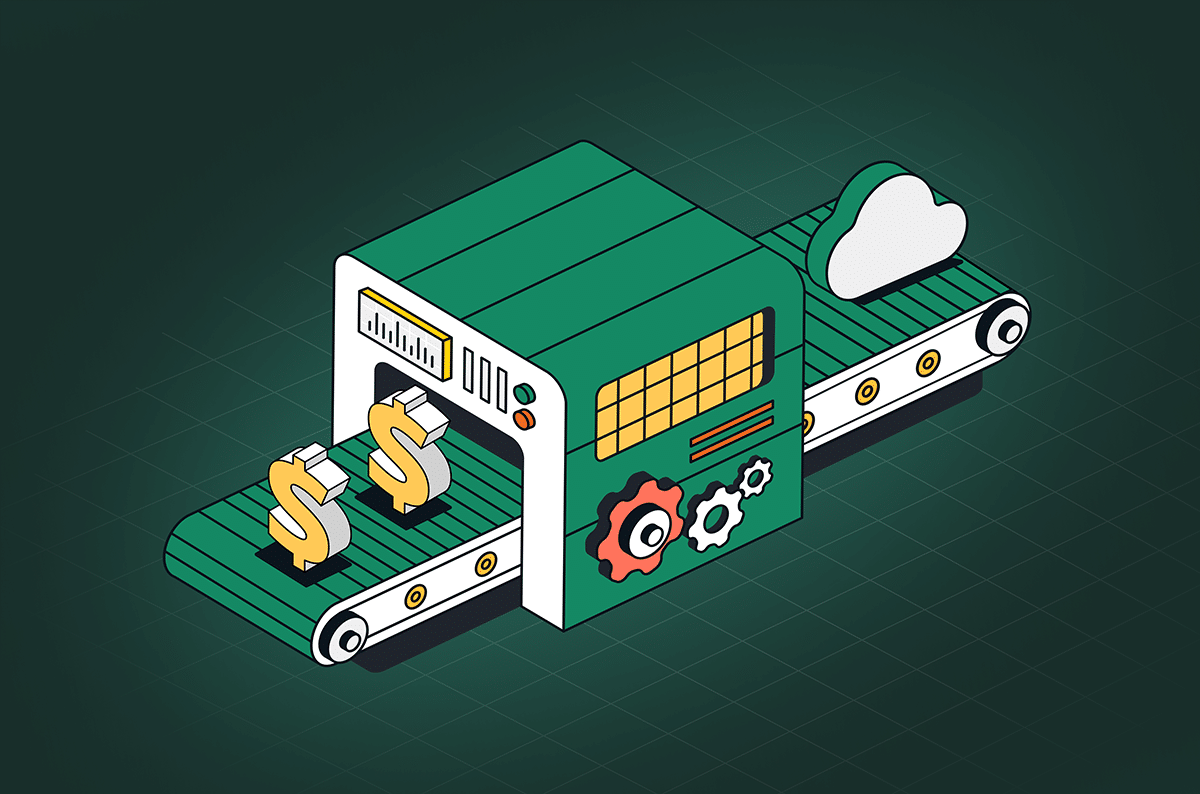Are You Trapped in the Upside-Down World of Networking and Security?

|
Listen to post:
Getting your Trinity Audio player ready...
|
Many enterprises today are exploring the benefits of Secure Access Service Edge (SASE). SASE is a modern networking and security solution for enterprises that converges SD-WAN and network security solutions like NGFW, IPS, and NGAM. SASE provides a single, unified and cloud-native network and security service that is adapted to current and future technology and business needs.
Despite the availability and increasing of SASE, some enterprises still maintain legacy appliances for their networking and security needs. Such businesses are trapped in an upside-down world that operates in technology silos and requires countless IT resources to deploy, manage, and maintain.
In this blog post, we will compare old-fashioned point solutions from the upside-down world to Cato’s modern SASE Cloud. We’ll examine the following five characteristics:
- Network Devices
- High Availability
- Security Updates
- The Hardware Refresh Cycle
- TLS Inspection
To read more about each characteristic, you’re welcome to read the eBook SASE vs. the Upside Down World of Networking and Security this blog post is based on.
Characteristic #1: Network Devices
Let’s first compare network devices. Network devices are the physical appliances that enable connectivity and security in the network.
Network Devices in the Upside-down World:
- Heavy duty
- High touch
- Difficult to maintain and monitor
- Logistical and supply chain issues
- Complex installation
Cato Socket in the SASE World:
- Lightweight
- Simple to use
- Modern UX
- No supply chain issues
- Zero-touch deployment
Characteristic #2: High Availability
Next, let’s look at high availability. High availability is about ensuring the network is always accessible, regardless of outages, natural disasters, misconfigurations, or any other unforeseen event.
High Availability in the Upside-down World:
- Costly to buy redundant hardware
- Complex configurations
- Scalability is limited to box capacity
- Requires hours of management and troubleshooting
- Prone to configuration errors
High Availability in SASE World:
- Cost-effective
- A frictionless process
- Rapid deployment
- Multi-layered redundancy
- Highly scalable
- Simplicity that reduces risk
Characteristic #3: Security Updates
No comparison would be complete without addressing security. With so many cyberthreats, security is an integral part of any enterprise IT strategy. But IT’s task list is filled to the brim with multiple competing priorities. How can businesses ensure security tasks aren’t pushed to the bottom of the list?
Security Updates in the Upside-down World:
- Cumbersome and complex
- Time-consuming
- Disruptive to the business
- Requires manual intervention for “automated” tasks
- Higher risk of failure
Security Updates in SSE 360 World:
- 100% automated
- Hourly automatic updates from 250+ security feeds
- Transparent to the user
- Minimal false positives
- IT and security have time to work on other business-critical projects
Characteristic #4: Hardware Refresh Cycle
When hardware becomes obsolete or can no longer satisfy technology or capacity requirements, it needs to be evaluated and upgraded. Otherwise, productivity will be impacted, security will be compromised, and business objectives will not be met. The Hardware Refresh Cycle in the Upside-down World:
- A slow, time-consuming process
- Dependent on the global supply chain
- Can be blocked by budgets or politics
- Requires extra IT resources
The Hardware Refresh Cycle in SASE World:
- A one time process – SASE scales, is continuously updated and suitable for multiple use cases
- Easily adopt new features
- Unlimited on-demand scalability
- Flexible, cost-effective pricing models and easy to demonstrate ROI
- Reduces administrative overhead
Characteristic #5: TLS Inspection
Finally, TLS inspection prevents hackers from performing reconnaissance or progressing laterally by decrypting traffic, inspecting it and then re-encrypting it.
TLS Inspection in the Upside-down World:
- Scoping, acquiring, deploying and configuring more hardware
- Backhauling traffic for firewall inspection
- Time-consuming
- Increased certificate management
- Requires higher throughput
TLS Inspection in SSE 360 World:
- Wire speed performance
- Consistent TLS inspection
- Quick and easy setup
- Simple deployment at scale
- Minimal resources required
Getting Out of the Upside-Down World
With SASE, enterprises can ensure they are never trapped in an upside-down world of cumbersome legacy appliances. SASE provides business agility, on-demand scalability, and 360-degree security along with simplified management and maintenance for IT and security teams. The cloud-native SASE architecture connects and secures all resources and edges, anywhere in the world, based on identity-driven access.
To read more about the differences between legacy appliances and SASE (and how to rescue yourself) read the eBook SASE vs. the Upside Down World of Networking and Security.














